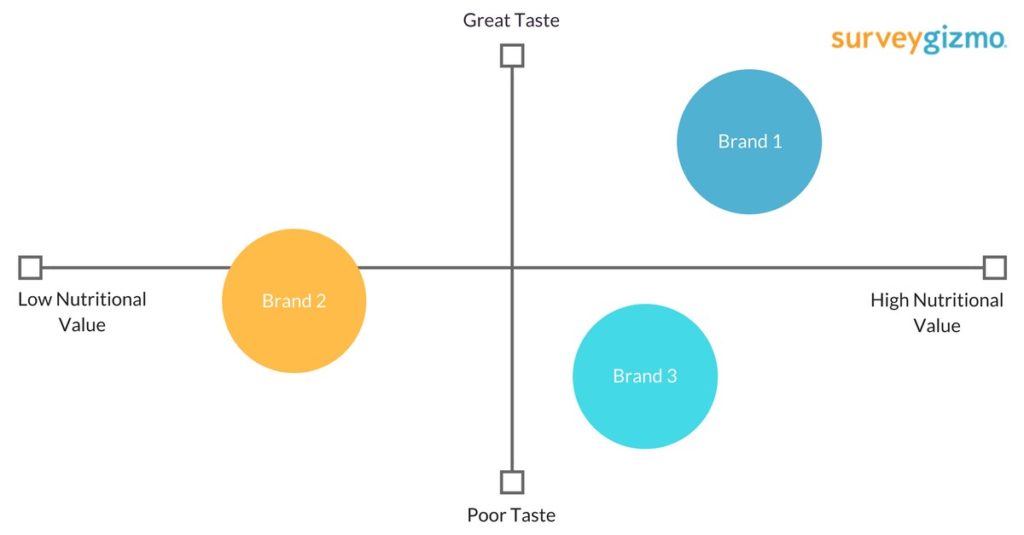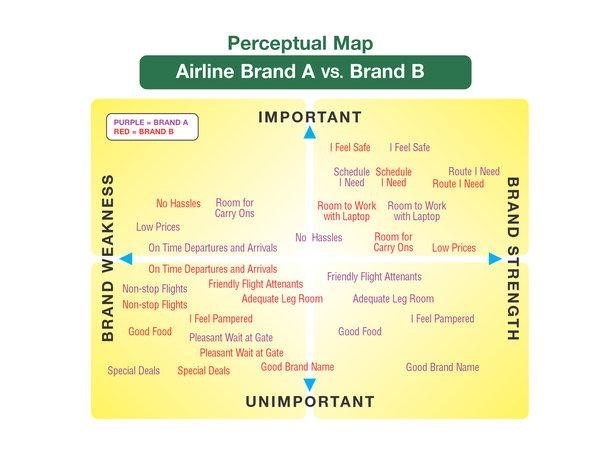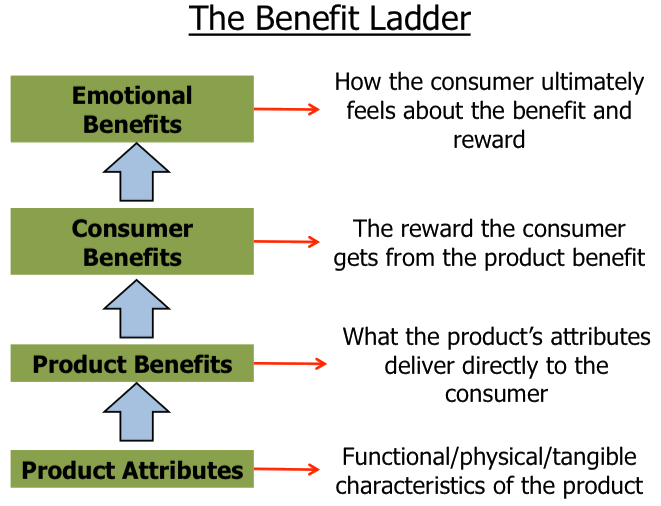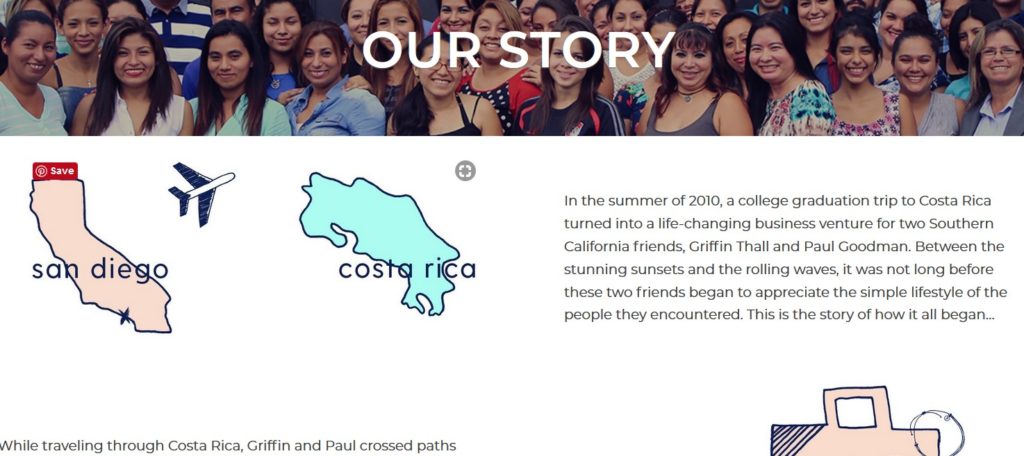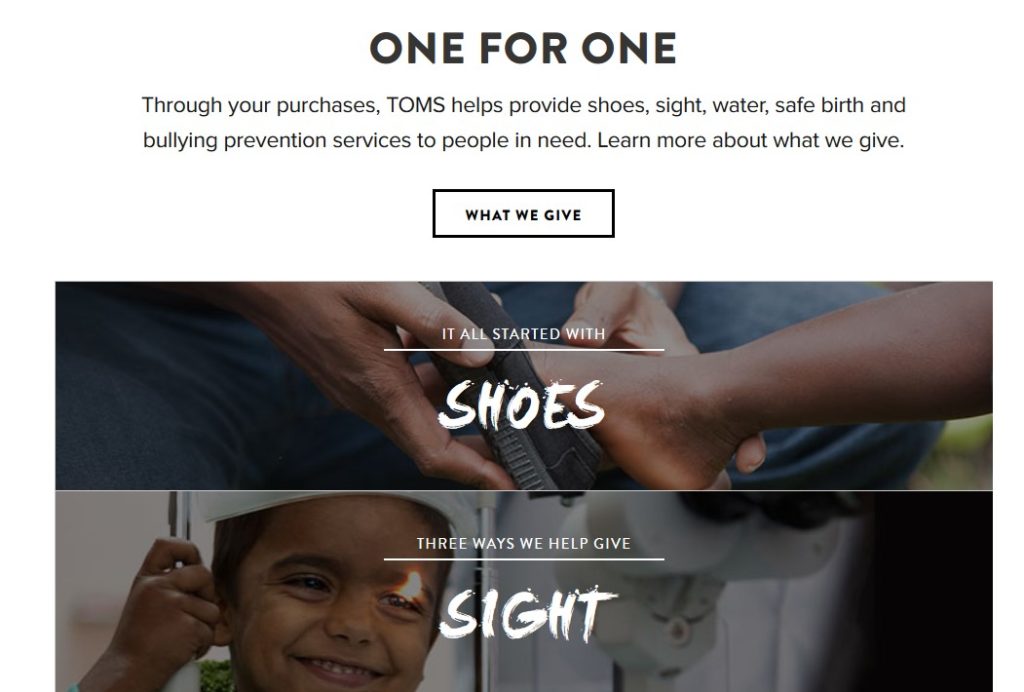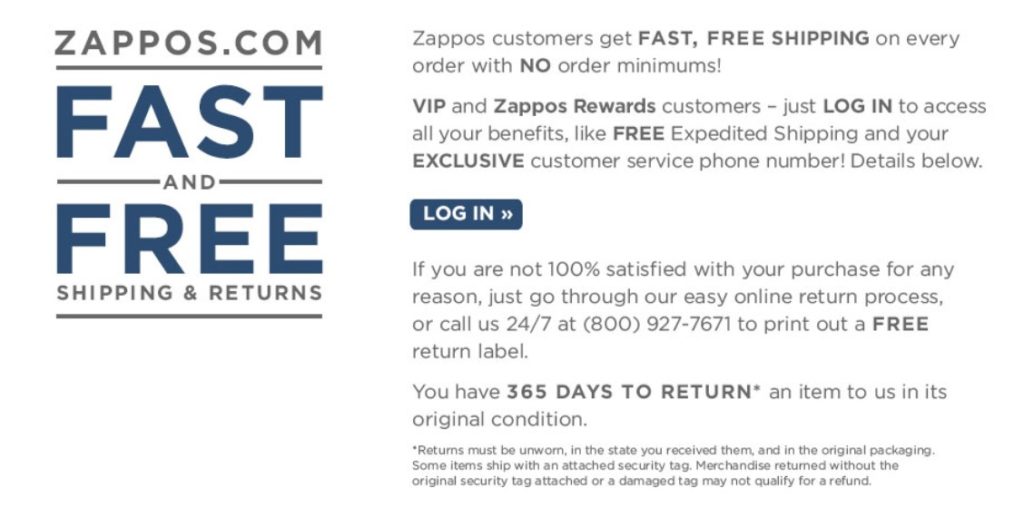
Market Positioning – Part 2: How to WIN the Race and Attract More Customers
Do you want your brand (and not your competition’s) to be at the forefront of your customers’ minds?
If you aren’t segmenting, targeting, and positioning yourself, you will never be able to convince your target to buy from you, especially if your competitors have already developed a solid positioning strategy and infiltrated your market…
You need to position yourself correctly to outperform your competition and win over your customers.
Welcome to Part 2 of our 2-part series on market positioning.
In Part 1, we defined what market positioning is and how to create a strategy that clearly defines your positioning statement. We also discussed how to showcase your company to the market so you can outperform your competition.
In Part 2 below, we will further define the nuances of effective positioning and discuss how you can use your brand identity as your greatest competitive advantage.
Now, we realize this may be a complex topic for some. Positioning strategy can take a long time to develop. Additionally, the process can become null and void if, after doing all of this legwork, you discover that you need to target a different segment after all (and repeat the process all over again).
That’s why with this marketing strategy series, we are simplifying these concepts so you can apply them to your business to strengthen your foundation so you can remain a formidable competitor for the long term.
Having said that, if you need any assistance with any part of this process to ensure you are executing it correctly, we are here and happy to help. (It’s what we do best!) With decades of experience implementing this stuff to help companies like yours dominate your industries, doing this is kind of like a high we don’t want to come down from. We like to WIN, plain and simple.
Let’s dive in!
Perceptual Mapping: The Key to Positioning Precision
Are you positioning your company correctly?
One way to ensure you are hitting the target when you start positioning to your market is to create a perceptual map. A perceptual map is simply a visual representation of how you want to be perceived by your market.
How can perceptual maps benefit you? They can help you…
- Better understand your customers and how they perceive you
- More closely define your competition and compare your strengths and weaknesses
- Identify where to position your company in your market (price, quality, etc.)
- Identify the gaps in your market and how to gain a competitive advantage
- See what your customers think of your competition
- Track market changes over time to help inform your segments and regain lost competitive advantage
- Uncover partnership or merging opportunities with other businesses
Your product may be selling, but is your marketing aligned with your positioning goals? A perceptual map can uncover these inconsistencies.
Let’s first talk about the 2-dimensional perceptual map.
2-Dimensional Perceptual Map
The 2-dimensional perceptual map is a 2-by-2 grid with an x and y axis that focuses on your brand attributes and where they fit in your market. Placing your brand attributes within the map can help you figure out how you want to be perceived and where your competitors lie in the grid as well. Each axis represents one attribute.
This example diagram of a 2-dimensional perceptual map represents where 3 cereal brands fall when comparing 2 attributes: taste and nutritional value.
Mapping out your competition can help you identify market gaps and where/how you want to position yourself.
Now, we can already hear you saying, “I have more than 2 brand attributes. How do I measure those?” We get it and we agree!
The reality is that perceptual maps oversimplify the process. You don’t have to be a rocket scientist to figure out that your customers will likely consider more than 2 attributes when making a purchase.
How do we resolve this problem? By adding more dimensions.
Multidimensional Perceptual Map
In a multidimensional perceptual map, though the map can theoretically be separated into quadrants, no axis exists. The diagram works off of element proximity instead of an axis. The closer 2 elements are on the map, the more alike they are, and there will be an equal number of positive and negative attributes.
In this example above, you can see that the perceptual map includes multiple brand attributes for two competing brands.
Use the perceptual maps to get a clearer picture of your market and visually see how you fare against competitors as it relates to product and brand attributes.
The Benefit Ladder: At Which Rung Are You Positioned?
The benefit ladder technique is another visual tool to help you find the relationships between your brand attributes and product features and identify the benefits customers can expect.
The ladder consists of 4 rungs:
- First rung: Product features
- Second rung: Product benefits, or the benefits the features provide
- Third rung: Customer benefits, or the benefits the customer gets from the product benefits
- Fourth rung: Emotional benefits, or an analysis of how all of these benefits/features make the customer feel
Here’s a visual representation of the benefits ladder:
The goal with the benefits ladder is to get as high up on the ladder as you can. The higher you go, the more powerful your positioning. You won’t hit the fourth rung overnight, but this tool can be a visual aid to inform your positioning as you grow.
Note that you may not always hit the top rung because not every product elicits a strong emotional benefit.
Ready to jump in? Here’s 1 thing to keep in mind…
Companies new to marketing highlight product features without realizing the true benefit they provide to customers. This cripples an otherwise effective positioning strategy because it doesn’t define the deep needs of the target.
Consider this example: People don’t buy art just to hang it on their walls. That’s a product feature (decor for your walls), but it doesn’t define the real benefit.
The thing is that art lovers aren't really buying art. They are buying prestige, elevated status, or simply a warm, fuzzy feeling that makes them light up every time they look at their pieces.
The deeper you can understand how your product truly benefits your customers and makes them feel (the higher up you go on the ladder), the more powerful your positioning, which will allow you to captivate your audience and outperform your competition.
Are you still at the bottom of the ladder? Don’t worry…
If you are sitting at the very bottom of the ladder, you may not have clearly defined your product benefits. Do some more market research and dig deeper into the hearts and minds of your customers until you can make your positioning powerful enough to bring to market.
Articulation: How to Articulate Your Position
So, we’ve figured out where in our market we can position ourselves against our competition and clearly defined where we sit on the benefits ladder.
What’s next?
If you are satisfied with where you are now, it's time to get the message out.
Here are some areas where you can communicate your message so you can effectively articulate your position to the marketplace:
- Communicate your company’s purpose
Why do you exist? What is your reason for being in business?
Your company's purpose is a heart-centered statement that puts yourself in the minds of your customers and feels the heartbeat of what they desire.
This doesn’t suggest, however, that your company purpose should be, “to save the world.” It’s important to hone in on something specific and pull from your culture and strategy before you communicate your purpose statement.
According to marketing expert Mark Ritson in this article, “Somewhere between the commodifying monochrome of physical and mental availability and the achingly cool, belief-based world of ‘inspiring communities to be great’ is a middle path. A path we can call differentiated brand image.”
To successfully position your company, communicate your brand purpose on your website and let it inform all of your online and offline communication so that it becomes a part of your company persona.
Need some inspiration?
Here are some company purpose examples as reported by Harvard Business Review:
ING
“Empowering people to stay a step ahead in life and in business”
“Nourishing families so they can flourish and thrive”
IAG
“To help people manage risk and recover from the hardship of unexpected loss”
It’s also important to communicate your purpose to your employees so they are representing your company in a way that aligns with your positioning goals.
Here are more ways you can articulate your positioning:
- Value proposition – Your value proposition is what makes you attractive to customers; it’s your main selling point. Communicating your value proposition can prompt your customers to see your unique differentiators, making them more apt to choose you over the competition.
- Core values – Your core values represent your company’s highest priorities or beliefs. These values are part of the foundation of your behavior toward your customers and employees. Communicating them will strengthen your position and also help you attract quality team players and employees.
- Brand DNA – Brand DNA refers to the story of your brand and where you came from. It defines your past and your history. Similar to how every person has a unique story, your brand can use its unique story to stand out in your crowded marketplace and forge emotional connections with customers.For example, the brand Pura Vida sells bracelets (nothing new), but it’s the company’s brand story that has made it go viral and become wildly successful. Pura Vida employs 350+ artisans worldwide, taking them out of poverty to help them earn sustainable incomes. The brand also has donated $1.5 million to charity and pairs its generosity with a hip vibe that caters to a young generation.
- Brand values – Brand values are clear, well-defined attributes that reflect your identity and culture. How will you serve your market? This also feeds into your company purpose and your unique personality. Your brand values feed into your positioning because your customers will be watching to see if you live up to your words. Your customers should be able to see you acting out your brand’s values.
- Brand essence – The essence is said to be the “heart and soul of the brand” or its “north star.” It’s that one core attribute (based on emotions) that defines your nature and separates you from your competition.
One main purpose behind communicating these attributes is to carve out a unique niche in a crowded marketplace. For example, you may sell shoes just like millions of other competitors in your space, but only you will possess your unique brand characteristics that can make you stand out from the crowd and attract the customers who believe in your brand and what you stand for.
Maybe you donate shoes every time customers buy a pair. Sound familiar? That’s TOMS.
Maybe you are known for your free shipping and returns and a 365-day return policy. Sound familiar? That’s Zappos.
Defining and communicating these brand elements will be key to making your positioning as powerful as it can be.
How to Tighten Up Your Positioning to Make It Memorable
There’s no sense in doing all of this work to nail your positioning if no one will remember what the heck you are talking about. The key to success here is to make your positioning memorable and your communication easy enough to grasp and understand (so your customers also share with others).
Here are some tips:
- One positioning approach is enough
Don’t be greedy. More is not better here. Focusing on more than one positioning approach will confuse customers.
- Fewer attributes = success
It can be tempting to want to communicate all 50 of your brand and product attributes, but this is a recipe for disaster. Think of one of your favorite products—how many key benefits can you mention? I bet you didn’t list 25. Keep it small and simple.
- Fewer words (less is more here again)
What do you know Nike for?
Its slogan, “Just do it.”
Imagine if Nike’s slogan were, “Just do it. We know you can. We believe in you and you got this!”
You’d never remember that. It’s not catchy, nor is it memorable. Positioning is about getting into the minds of your customers—and staying there. If you communicate too many words, they won’t resonate or be remembered.
- Positioning is not an end in itself
We wish we could tell you that once you nail your positioning you can wrap it up, go home, and never think about it again. Unfortunately, that’s not how this works.
Neither is effective positioning an end in itself.
Positioning is simply a gateway to better marketing, better relevancy, and better advantages over your competition. These are all good things, but they aren’t the end all, be all.
Successful marketing requires not only effective positioning (adjusted over time to meet market shifts) but also the ability to get a bird's eye view of your entire strategy to ensure you are following the right path to victory.
Want a refresher on our marketing strategy series topics? Click below to learn more:
Market Orientation & Research: Leaving the Darkness and Stepping into the Light – Part 1
Market Orientation & Research: Leaving the Darkness and Stepping into the Light – Part 2
Market Segmentation: How to Increase Your Sales by Decreasing Your Market Size
Market Targeting: How to Avoid Havoc and Target a Winning Segment

